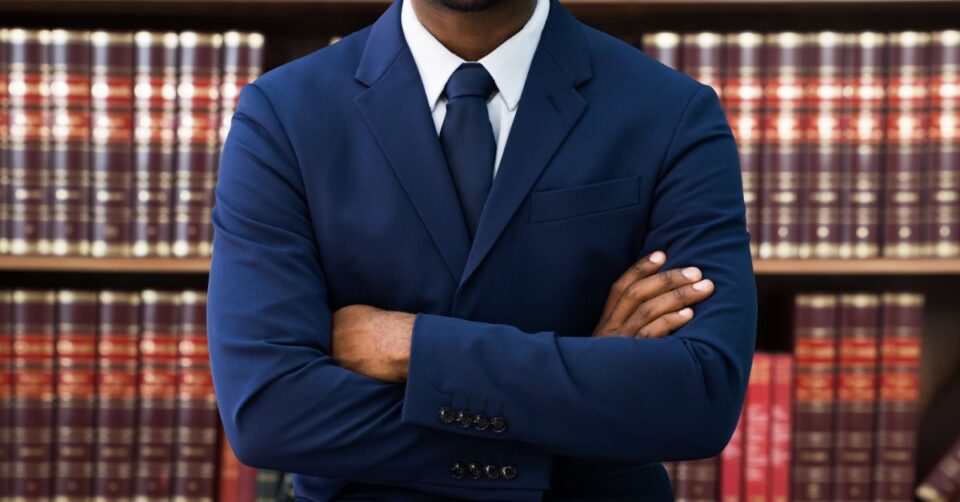After an accident, the evidence you gather can make or break your claim. However, collecting and presenting this evidence is not always straightforward. This is where a lawyer comes in. Lawyers play a crucial role in gathering, organizing, and presenting the evidence required to build a strong case. Go through this guide to explore how lawyers help secure the evidence needed to support your claim, ensuring you have the best chance for a fair settlement.
1. Investigating the Scene of the Accident
One of the first things a lawyer does is investigate the scene of the accident. They may visit the location, take photographs, and document details that could be critical for your case. It includes noting road conditions, weather, traffic signals, and any visible damages to vehicles or property. Lawyers also look for evidence like skid marks or debris patterns that may reveal how the accident occurred.
2. Gathering Eyewitness Testimonies
Lawyers understand the importance of eyewitnesses. If there were any bystanders or other drivers who witnessed the accident, your lawyer will track them down and record their statements. Eyewitnesses can provide unbiased accounts of what happened, which can be powerful evidence in establishing fault. Lawyers also know how to ask the right questions to get the most accurate and useful information from these witnesses.
3. Obtaining Police Reports and Official Documents
Police reports are often one of the most critical pieces of evidence in an accident claim. Lawyers will obtain copies of the police report, which contains the officer’s observations, notes, and any citations issued. They will review these documents for accuracy and use them to establish key facts, such as who was at fault or if any laws were violated. Also, lawyers in North Carolina might request other official documents, such as traffic camera footage or municipal records, that could support your case.
4. Collecting Medical Records and Expert Opinions
If you’ve been injured in the accident, your medical records are crucial evidence. A lawyer will collect all relevant medical documents, such as emergency room reports, diagnosis records, and treatment plans. These documents help to demonstrate the extent of your injuries and connect them directly to the accident. Moreover, lawyers can work with medical experts who can provide opinions on future care needs or potential disabilities, which is essential for calculating damages.
5. Analyzing Accident Reconstruction Reports
In complex cases, a lawyer may employ accident reconstruction experts to create detailed reports on how the accident occurred. These experts use evidence such as vehicle damage, skid marks, and crash physics to reconstruct the accident’s sequence of events. Lawyers utilize these reconstructions to provide a visual and analytical explanation of what happened, which can be particularly persuasive in court.
6. Reviewing Surveillance Footage and Photographs
Many accidents are caught on surveillance cameras from nearby businesses, traffic lights, or dashcams. A lawyer will identify and request access to any available footage that shows the accident. They may also collect photographs from the scene taken by you, bystanders, or other drivers. The visual evidence can offer an unfiltered view of the accident, showing what happened in real-time.
7. Handling Communication with Insurance Companies
Lawyers know how to communicate with insurers to obtain necessary documents, such as the at-fault driver’s policy information and claims records. They also handle all correspondence to avoid common pitfalls, like making statements that could be used against you. This ensures that only the right information is provided and that nothing is overlooked.
9. Preserving Evidence for Court
Sometimes, evidence can be lost, destroyed, or tampered with over time. A lawyer understands how to preserve all types of evidence for future use, especially if the case goes to trial. This includes keeping physical evidence secure, maintaining digital backups, and filing necessary legal motions to prevent the destruction of vital information. Preservation ensures that your evidence remains admissible in court, safeguarding your claim.
10. Using Legal Tools to Obtain Evidence
Lawyers have access to legal tools that the average person does not. For example, they can issue subpoenas to compel the release of documents, data, or testimony that might otherwise be withheld. They can also use discovery procedures to gain access to information held by the opposing party. These tools enable lawyers to uncover evidence that could be critical to proving your claim.
The Final Note
For an accident claim, a lawyer is important to gather strong evidence. From investigating the scene and obtaining crucial documents to working with experts and securing digital data, they employ a wide range of strategies to ensure your case is as robust as possible. Their thorough approach helps to maximize your chances of receiving fair compensation and makes the legal process less stressful for you.

